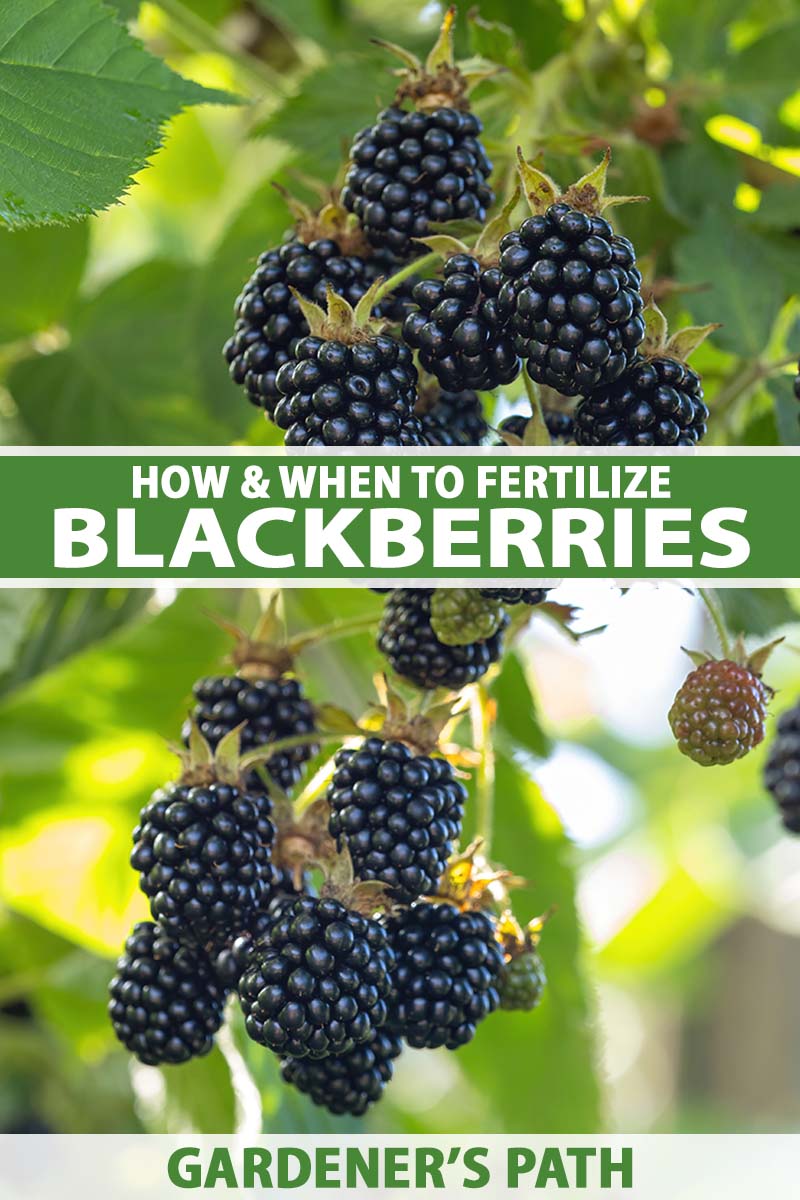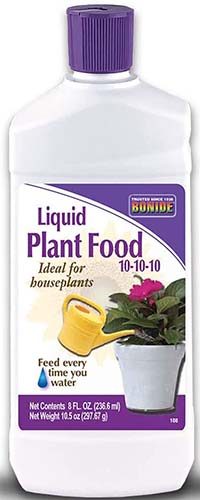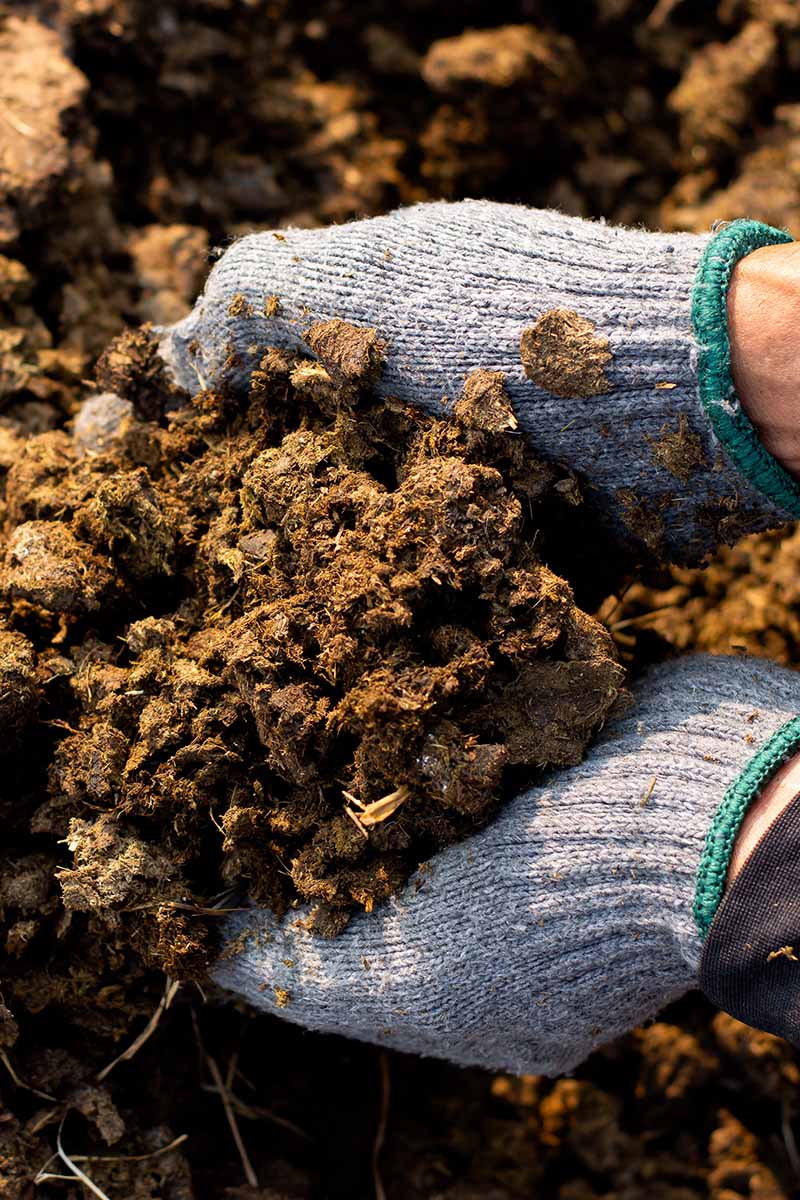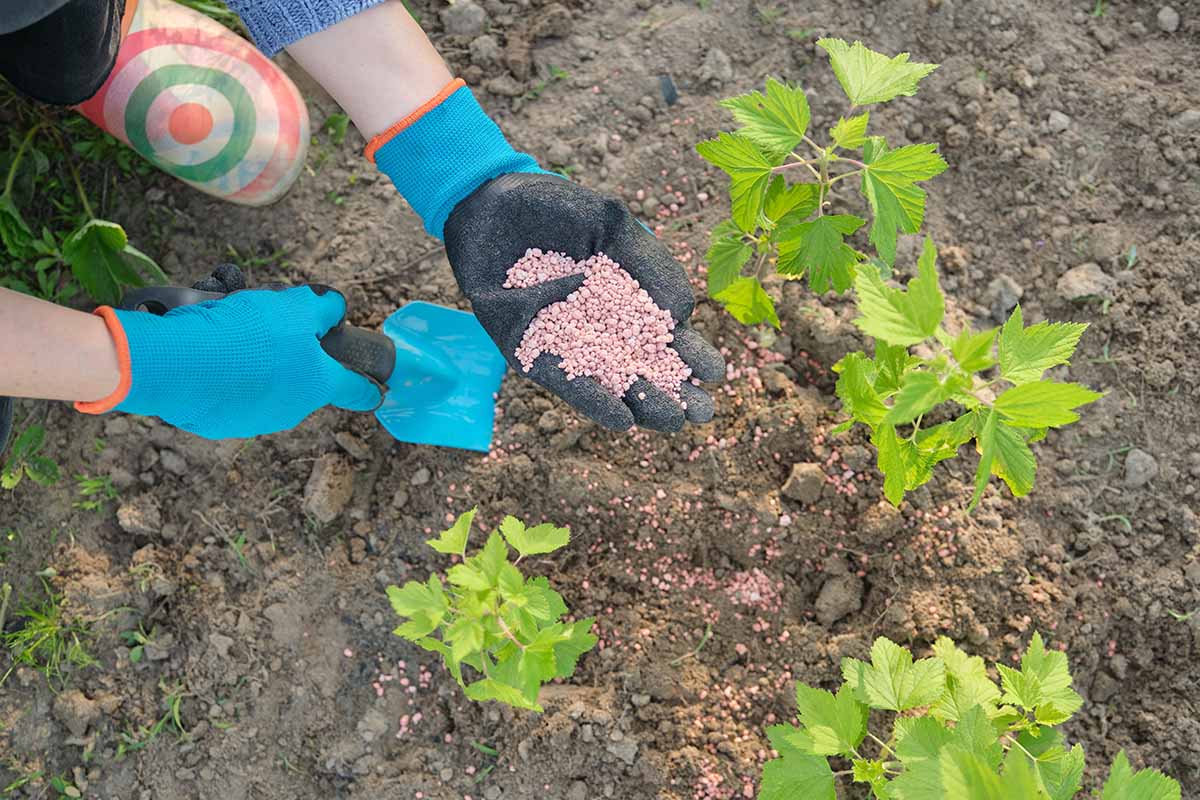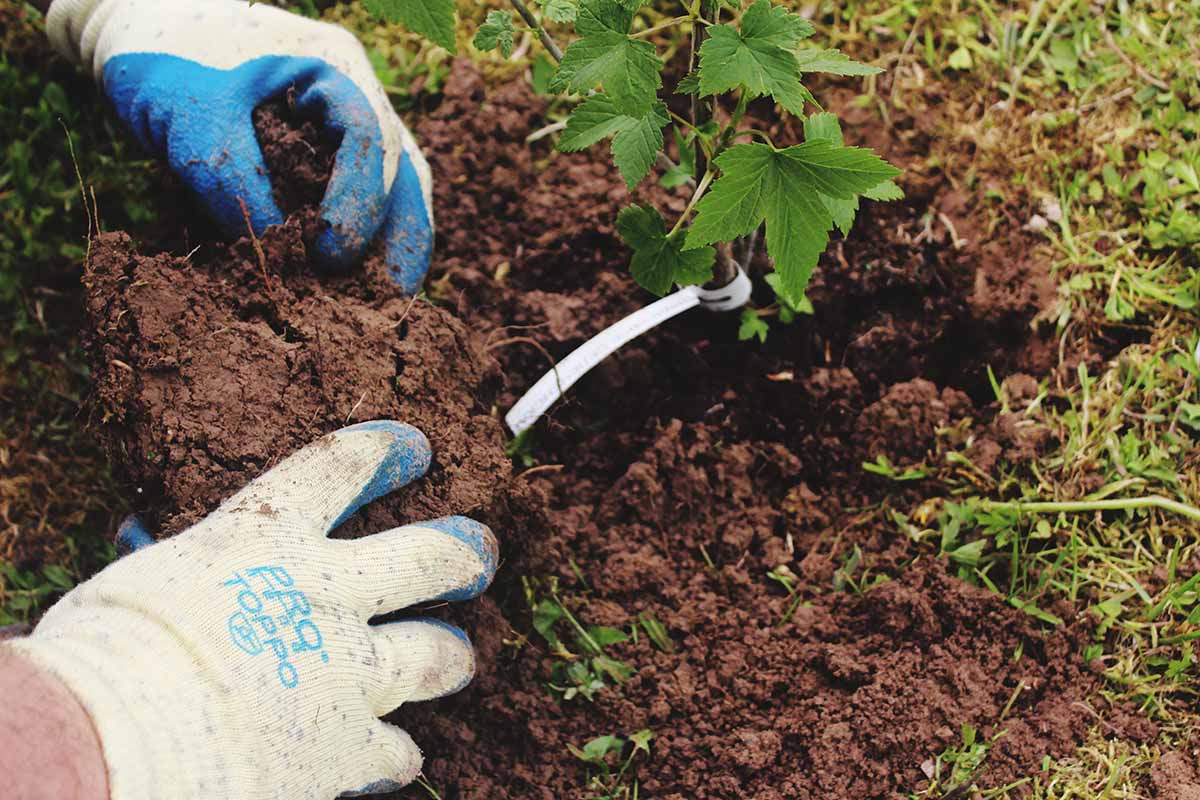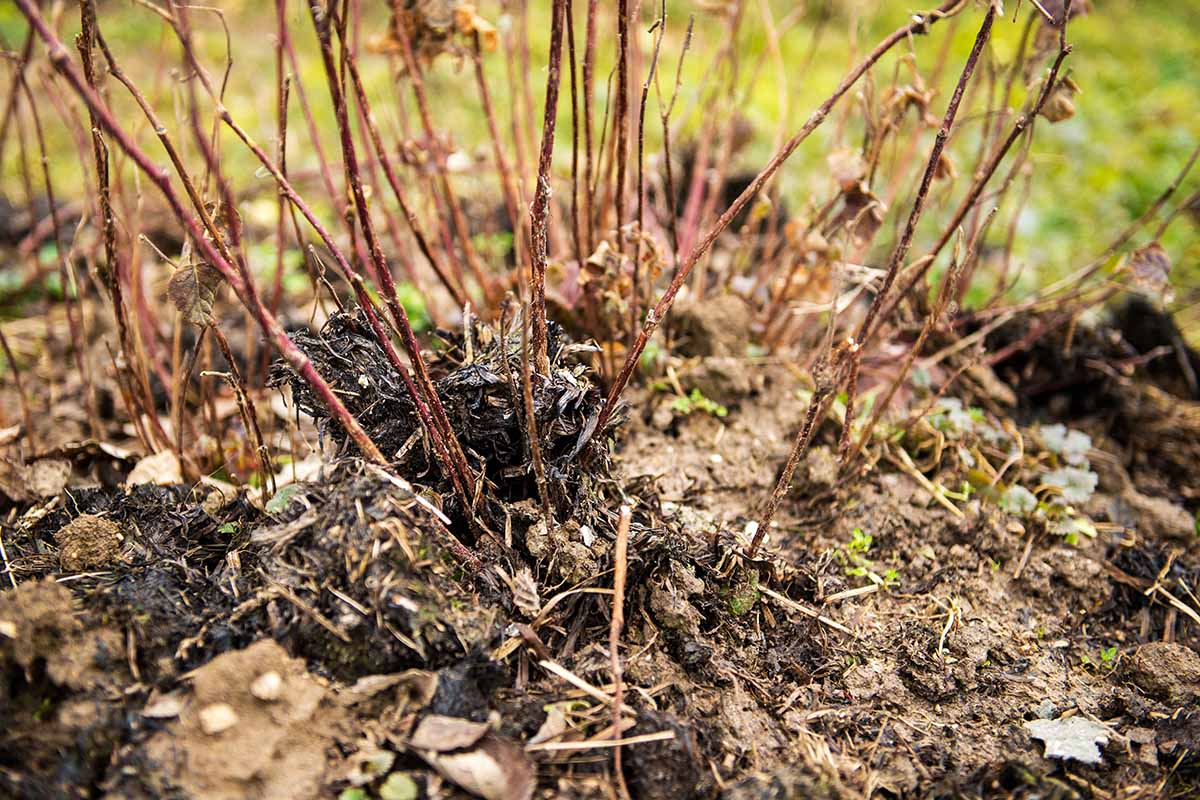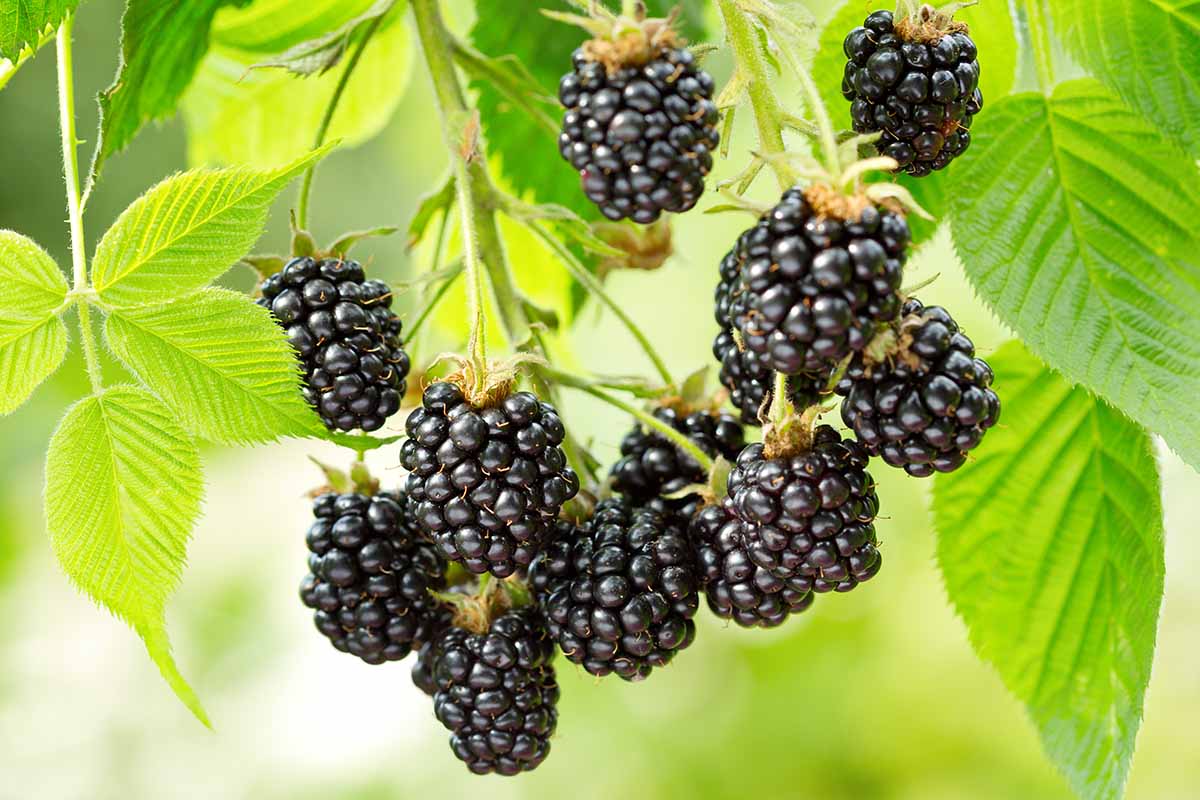Blackberry bushes are pretty reliable. You don’t need to baby the plants for them to produce an abundant harvest. We link to vendors to help you find relevant products. If you buy from one of our links, we may earn a commission. We’re going to explain how and when to feed blackberries to make the process easy, so here’s what you can expect coming up: You just need to be sure you apply it in the fall so it has time to work into the soil and for any salts to leach out.
What Kind of Fertilizer to Use
There are several types of fertilizer out there, from organic options to conventional chemicals. They can all work, so the decision largely comes down to your personal preference. Lily Miller All-Purpose Planting & Growing Food Liquid fertilizer can also be used, but will need to be applied more frequently and is a more expensive option. If you do wish to go this route, you can either use a 3-3-3 (NPK) or use a 10-10-10 such as Bonide Liquid Plant food, diluted by half. Bonide Liquid Plant Food However, if you generally try to avoid using chemicals in the garden or you just like to take a more natural approach, well-rotted manure also works well.
When to Fertilize
Figuring out when to feed is easy. If you’re using commercial fertilizer, feed your plants once per year with a balanced, slow-release granular fertilizer when the blackberries are mid-bloom. If you are using liquid fertilizer, you’ll need to apply a 3-3-3 (NPK) three different times: when the leaves bud, when the flowers bud, and when the berries start to change color. A half diluted 10-10-10 (or 5-5-5) should be applied twice: when the leaves bud and when the flowers are fully formed. If you’re using manure or compost, apply it in late fall before the first projected frost date. Now, there is an exception to these rules. If you start to notice that the coloring of the leaves is a little pale, test the soil and address the problem according to the results of your test right away. Don’t wait for the next scheduled fertilizing time.
How to Fertilize
Before you start your feeding routine, it helps to test your soil. You might find that you have adequate levels of nitrogen, and you don’t even need to bother feeding that year. You might also discover that your soil has the wrong pH, and you’ll need to do some adjusting so that the food will be accessible to your plants. Blackberries prefer a slightly acidic to neutral pH of 5.5 to 7.0. After the first year, you won’t need to continue testing unless you are adjusting the pH. Otherwise, you can assume that your plant is using up the available nitrogen in the soil and you need to replace it. The nice thing about fertilizing blackberries is that it’s all about nitrogen. You don’t have to worry about balancing all the other nutrients. Just nail the nitrogen with a balanced fertilizer or well-rotted manure and you’re good.
New Plantings
New plantings need special feeding. The general rule of thumb is that one-year-old plants need one and a quarter ounces of nitrogen per linear foot. That comes out to about five pounds per 100 linear feet of 10-10-10 granular fertilizer. You can also apply the food in a circle around the plant. Use three quarters of an ounce of 20-20-20 or one and a half ounces of 10-10-10 fertilizer around the dripline. Two-year-old plants need about one ounce of 20-20-20 or two and a quarter ounces of 10-10-10 per plant. To be extra safe, apply half of the required amount in the spring after the leaves have formed and the other half after the blossoms have fully formed.
Established Plants
For plants that are three or more years older, use a 20-20-20 mix and apply one and a half ounces in a circle around each plant. The fertilizer should be applied at or just inside the drip line. If you’d rather, you can also use a 10-10-10 fertilizer at three ounces per plant. If you have a row of blackberries, you can also apply the fertilizer in a row rather than around each plant. You want to apply about 10 pounds per 100 linear feet of 10-10-10 fertilizer. If you know you have fairly healthy soil with a good balance of nutrients – which is why testing is key – you can side dress each plant with several handfuls of well-rotted manure instead of using commercial fertilizer. But don’t neglect the key maintenance chores like fertilizing. It makes such a difference. It doesn’t require much time, and hopefully, this guide has given you the info you need to finish the job even more quickly. Let us know in the comments if you run into any problems with the process. We’re happy to help you sort it all out! If you want to expand your knowledge of growing blackberries, we have a few other guides that might grab your fancy, including:
How to Grow and Care for Blackberry BushesTips for Growing Blackberries in ContainersHow and When to Prune Blackberry Bushes
